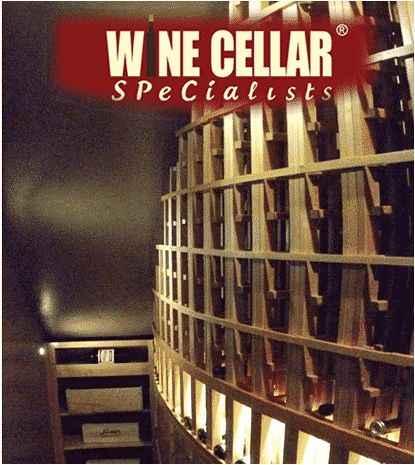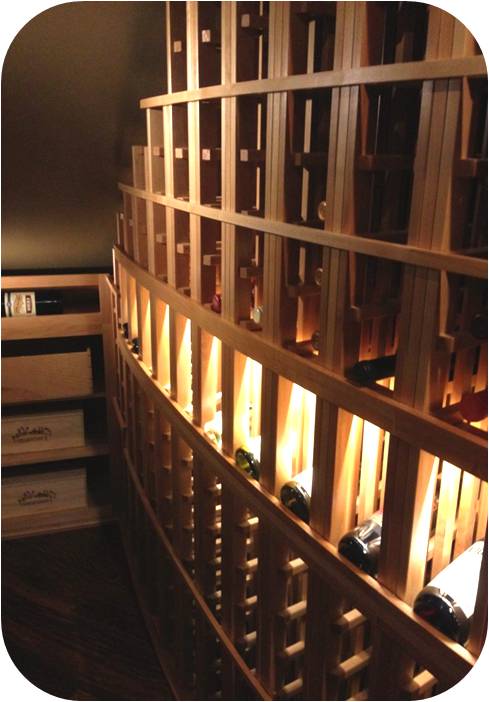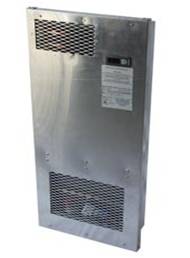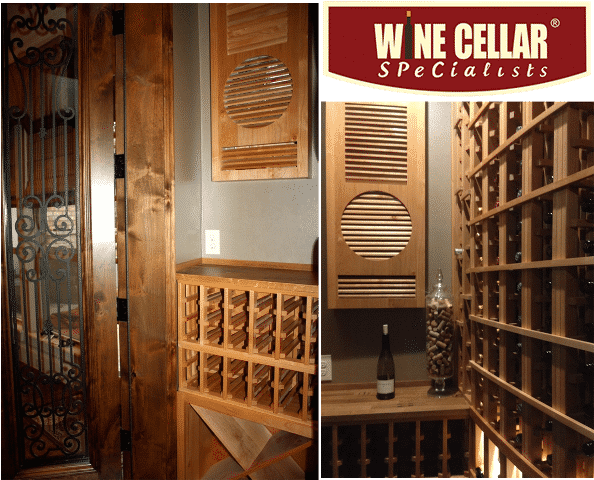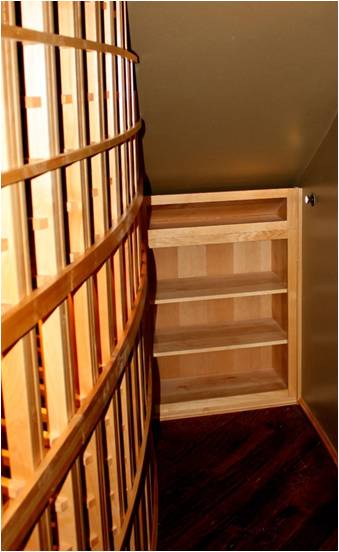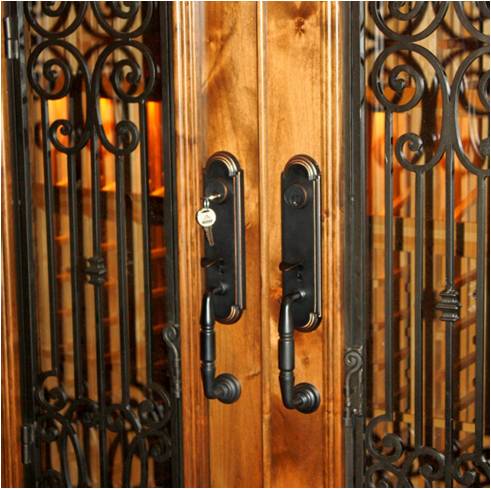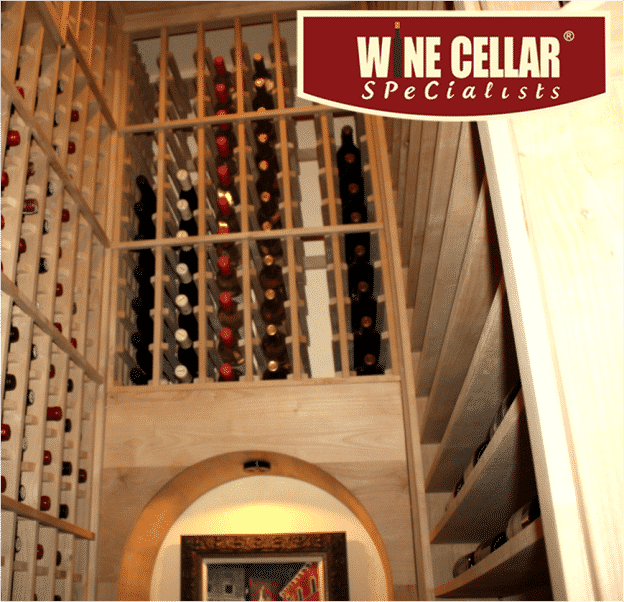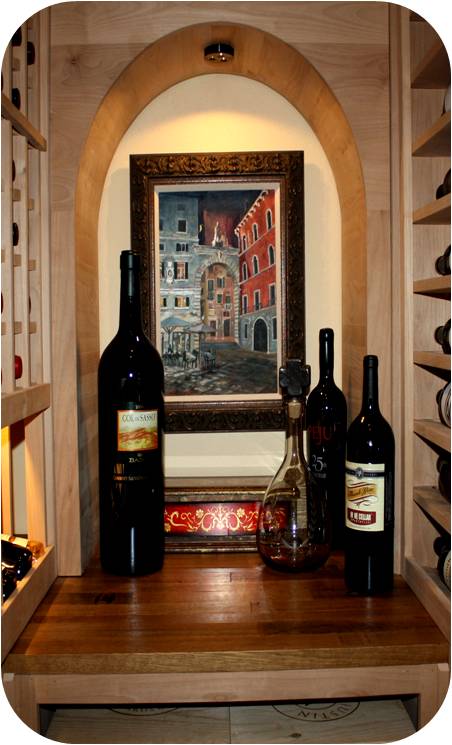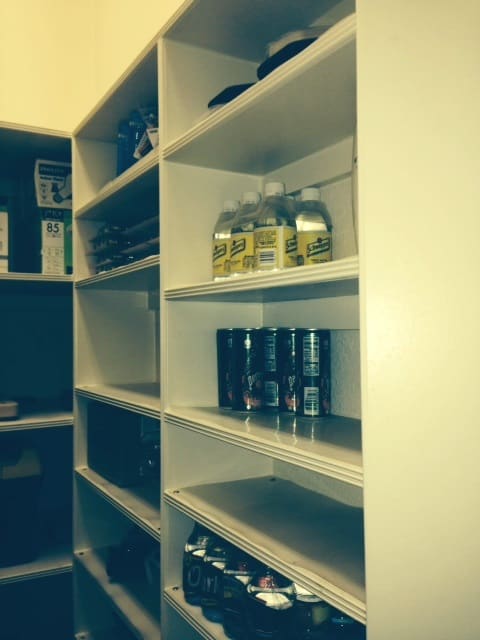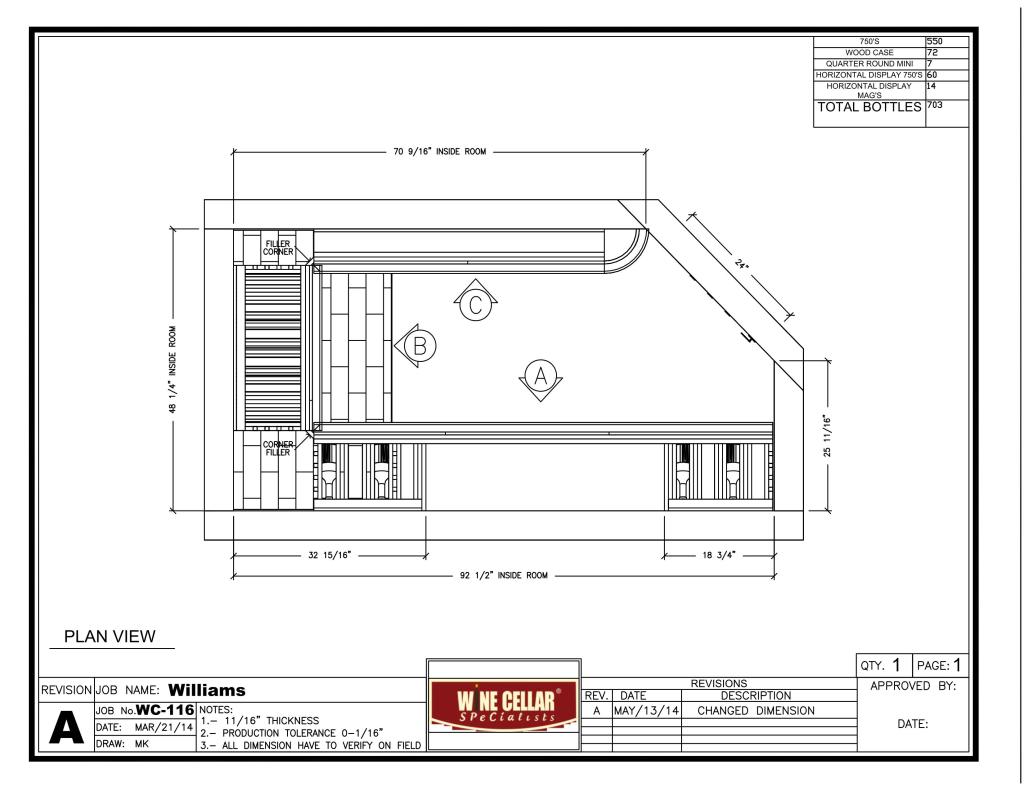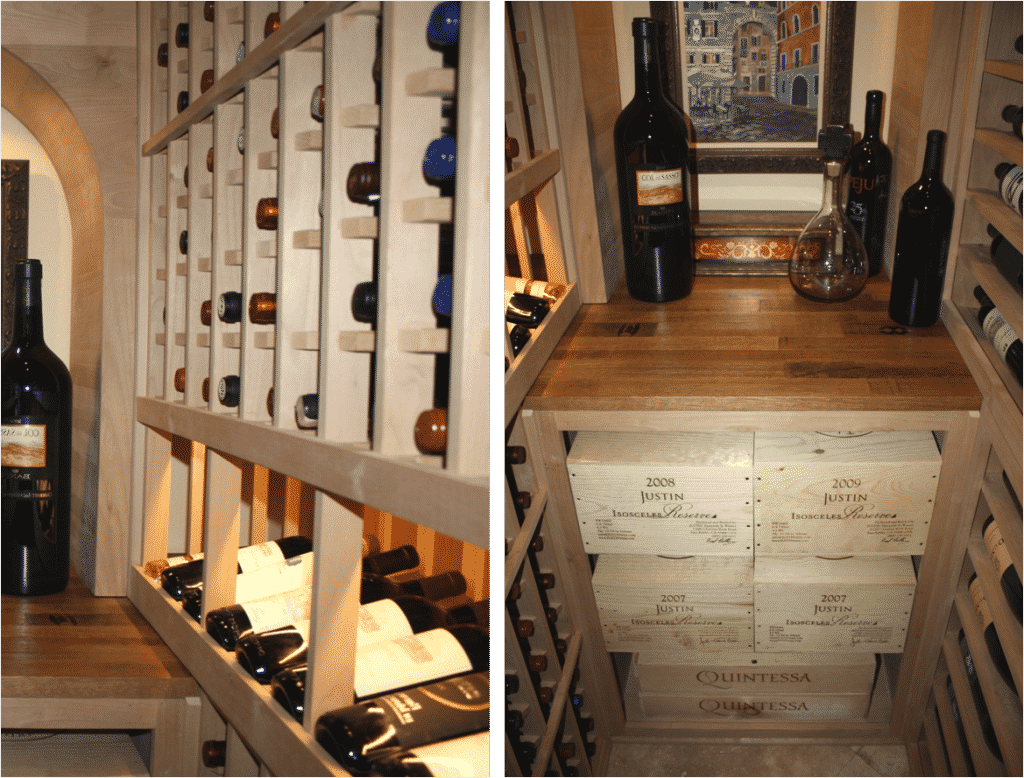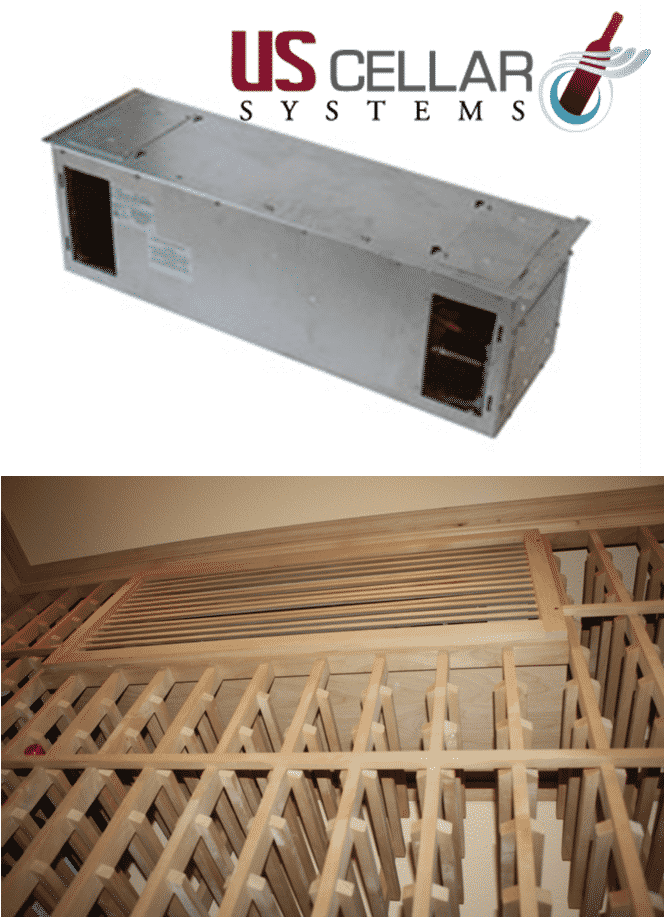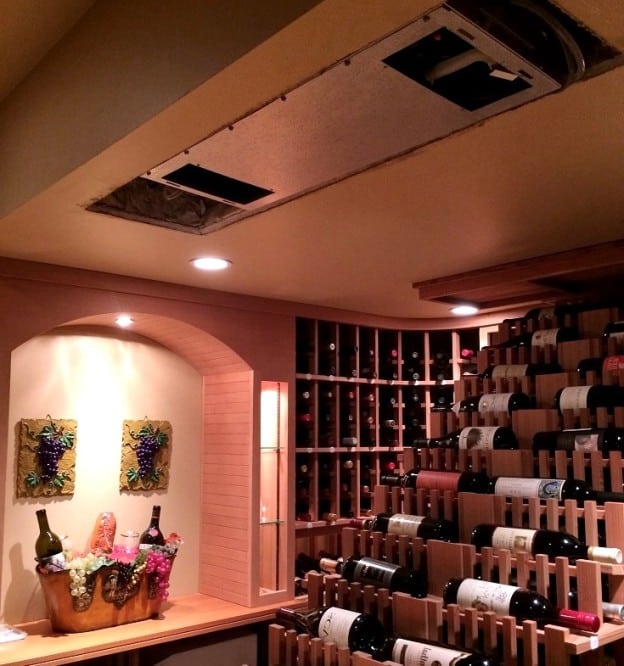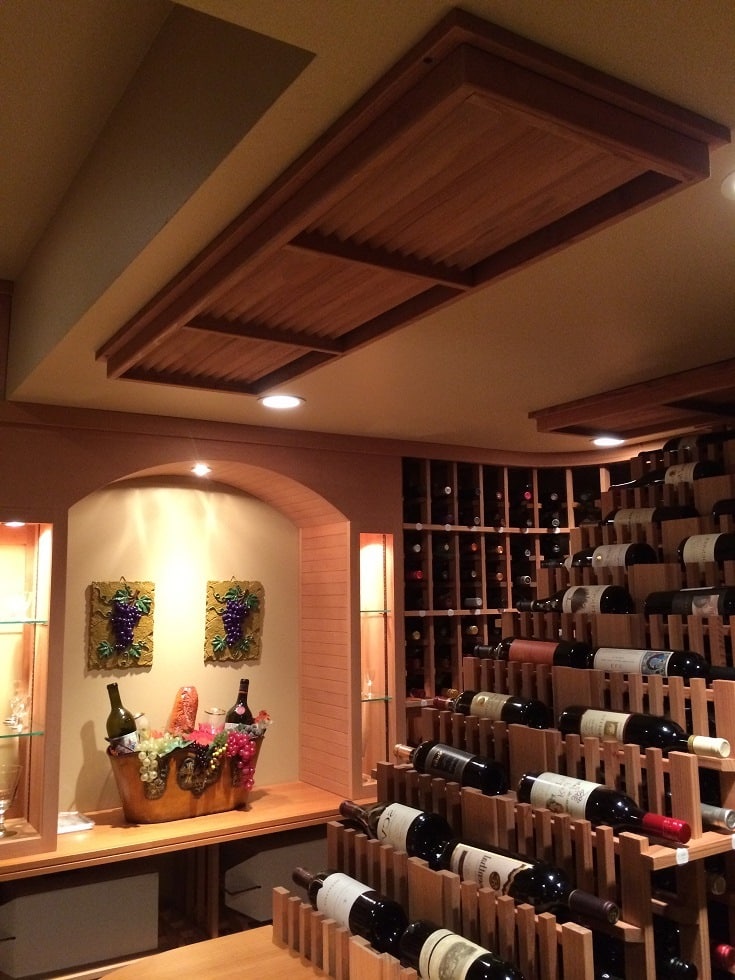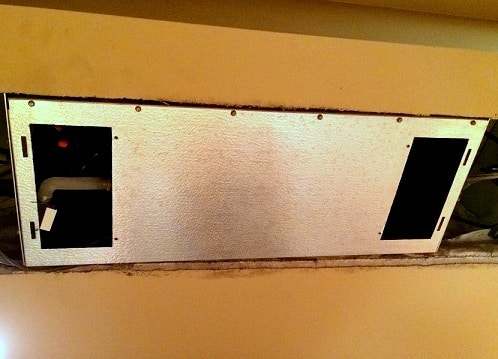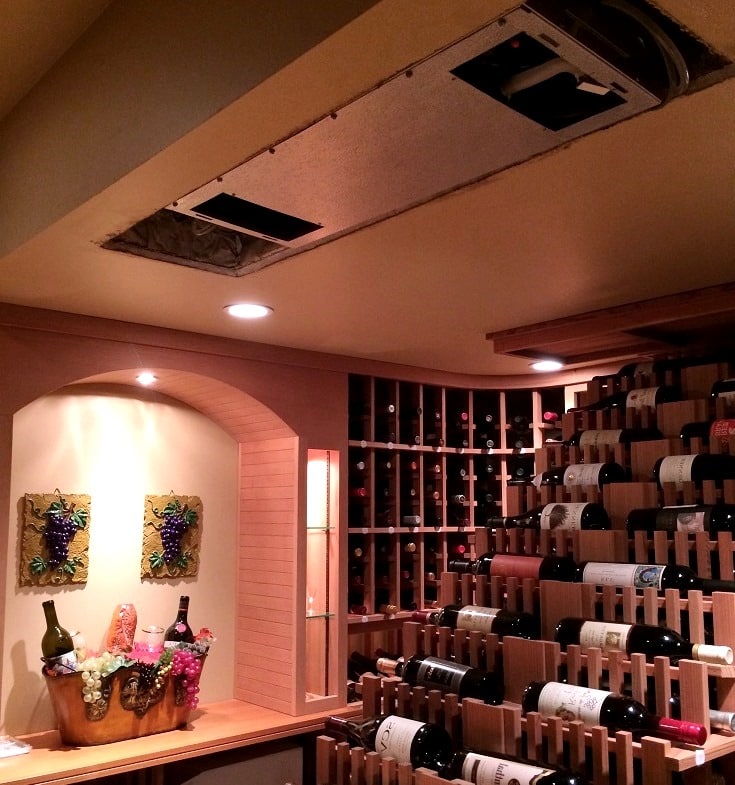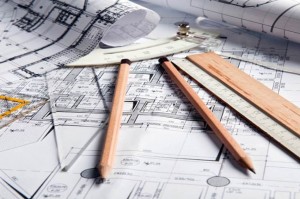Regardless of the size or shape of your wine cellar, a climate-controlled environment is needed to properly age wine. Heat is the number one enemy of wine. High temperatures deteriorate wine easily. To prevent wine from being spoiled, it must be stored in a room cooled by a reliable wine cooling system. In Texas, Wine Cellar Specialists installed a beautiful home wine cellar with one of the refrigeration units from US Cellar Systems.
A Quality Wine Refrigeration System Can Keep Wine Safe from Harmful Factors
Allowing wine to be exposed to environmental factors such as heat and light can cause loss of time and money. Wine storage problems can be avoided if an efficient wine cooling system is installed in your wine cellar.
Wine Cellar Specialists, one of the top-notch builders in Texas, has recently completed a wine cellar installation project. The clients wanted to make sure that the best storage conditions were achieved in their wine room. They sought the help of Wine Cellar Specialists to build a safe and attractive wine cellar in a curved space under the stairs.
US Cellar System Wine Cooling System – a Perfect Choice for the Small Space
 Located in Long Beach, California, US Cellar Systems is a trusted provider of quality wine refrigeration units. All of their wine cellar cooling solutions can help wine enthusiasts preserve their favorite vintages for years to come.
Located in Long Beach, California, US Cellar Systems is a trusted provider of quality wine refrigeration units. All of their wine cellar cooling solutions can help wine enthusiasts preserve their favorite vintages for years to come.
When choosing refrigeration equipment, it is best to consult a cooling expert to ensure the unit is the right size, type, design, and has the required capacity.
At Wine Cellar Specialists, they make a careful assessment of their client’s requirements first before installing the components of the equipment. This will prevent wine storage issues in the future, and ensure that the host and guests enjoy every glass of wine.
They chose US Cellar Systems’ Wall Mount 3600 ductless split wine cooling unit for this project. This system and all of its refrigeration products are engineered to maintain stable temperatures and humidity levels.
Keep in mind that a climate-controlled environment is key to preserving the highest quality wines in your cellar.
The Wall Mount 3600 cooling unit was placed on the left wall of the room, above the wine barrel tabletop. A wooden grill cover and box were created to hide the refrigeration unit, and add flair to the overall design of the cellar. It is made of knotty Alder, the same material used for the wine racks.
Every collector desires a quiet operation inside his or her wine cellar. To achieve this, Wine Cellar Specialists needed an area where the condensing unit (the noisy component) would be placed. They made use of a high shelf in the client’s garage.
For the digital controller, they utilized a space outside the door. This feature allows for convenient and proper monitoring of the temperature and humidity levels in the wine room.
Practical Wine Rack Design for a Small and Curved Storage Space
Another factor that needs to be carefully thought of when building a Texas wine cellar is the racking. Creating a wine rack design for a small and odd-shaped room can be challenging.
But Wine Cellar Specialists was able to provide a custom racking solution that perfectly fits the shape of the cellar. Since the space is limited, they made sure that the racking design maximizes storage space. Both functionality and the aesthetic appeal must be considered to enhance the owner’s drinking experience.
Components of the Racking System
On the left wall, Wine Cellar Specialists installed racking that consists of a reclaimed wine barrel tabletop. This unique tabletop is made from the outer parts of the wine barrelhead. It can serve as additional storage space for a few bottles, and other accessories like decanters, wine glasses, and bottle openers.
Below the tabletop are the individual slots for storing standard 750ml bottles. A solid X-bin was added below this wine rack to allow for bulk storage.
The back wall, which is the long and curved part of the room, consists of a true radius curve racking. It consists of 750ml-bottle storage slots at the top and bottom. The middle section is a high-reveal display row, intended for showcasing some of the owner’s fine wines.
On the right wall is a 3.25-foot high wine rack, which consists of three solid bins for wood case storage. Above these bins is a horizontal display component that can store one magnum-sized and two 750ml bottles.
The creative team of Wine Cellar Specialists always sees to it that every design they create will display their client’s collections stylishly.
Knotty Alder – Ideal Wood Choice for a Gorgeous Texas Wine Cellar
To enjoy the aesthetic benefits of your storage room, a durable and beautiful material must be used for the wine racks and door. Wine Cellar Specialists selected the wood that best suits their client’s aesthetic style.
Wooden Wine Racks
The racking material contributes to the overall ambiance and appeal of your cellar. Wood has been a favorite material of homeowners. Its natural beauty adds a classic feel to the room. It is also known for its durability and workability.
Knotty Alder was chosen for this project. This light brown wood has many benefits that make it a popular material in the construction industry. It creates a rustic charm that can blend well with any home décor. It contains beautiful knots and clusters that vary in size.
Wine Cellar Door
A properly constructed door can help the cooling equipment in maintaining the ideal conditions in the cellar.
Wine Cellar Specialists use an exterior grade door equipped with proper sealing components to prevent air leakage to and from the wine room. Air leaks cause temperature fluctuations, which can affect wine’s overall quality.
The homeowners have an iron gate, which they wanted to match with their wine cellar door. They chose plain double doors constructed in wrought iron with a knotty alder frame.
With an oil-rubbed bronze Sonoma 2-piece handle set and lock, the door was applied with an Early American stain for a more attractive look.
View the different styles of wine cellar doors offered by Wine Cellar Specialists.
An Expert Will Cool Your Wine Cellar the Right Way
Don’t let wine lose its desirable qualities. Invest in a refrigerated Texas home wine cellar. Wine Cellar Specialists trust US Cellar Systems cooling products to protect their client’s collections. If you need help with your project, you can reach them at +1 (866) 646-7089.









